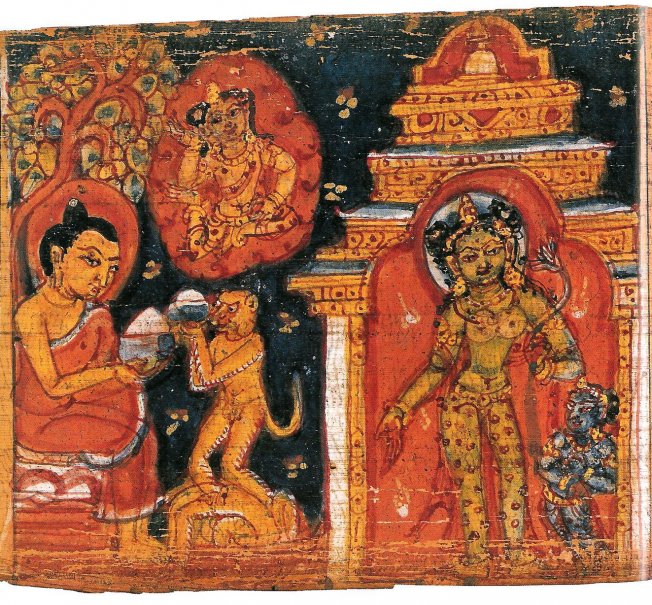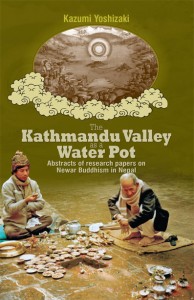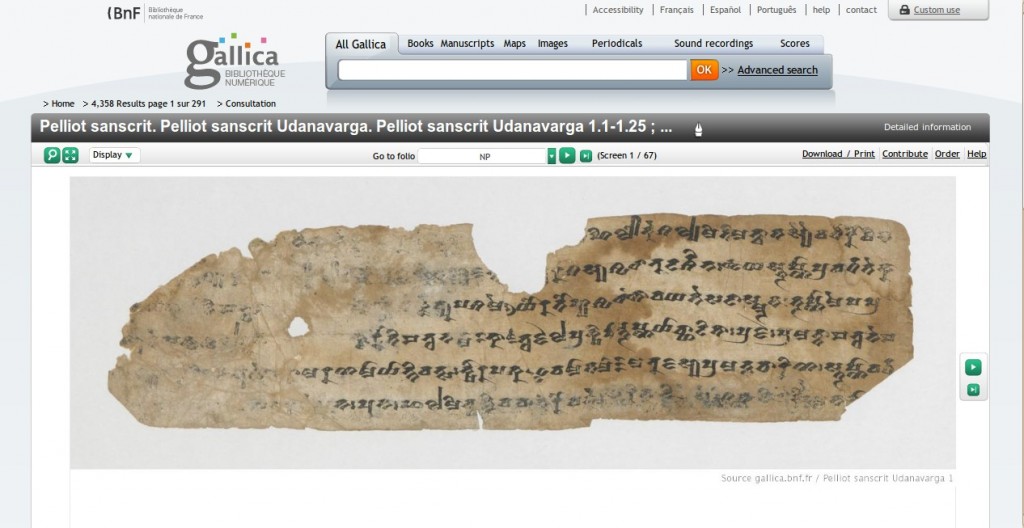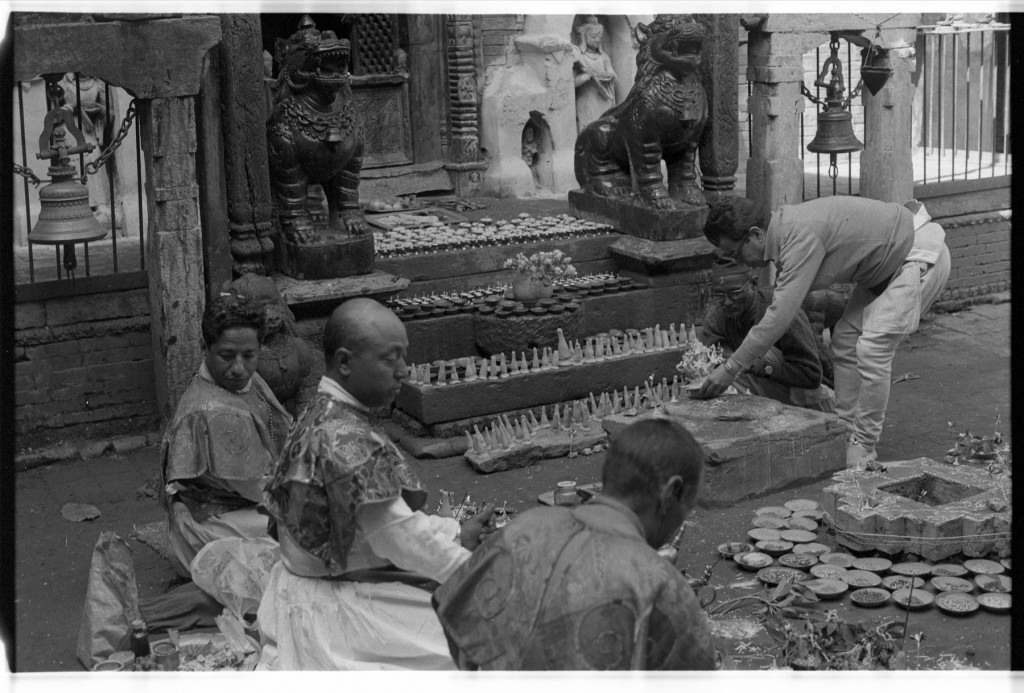Guess what, theists? Animals have feelings too. That’s what Cambridge scientists are now confident in saying in the wake of the recent Francis Crick Conference. Science and reason are important in a modern society, so it just became that much harder to inflict scripturally sanctioned harm on sentient beings.
This reminds me of a discussion I once had in Germany. Prof. Schmithausen, you were right to think that something was up with theistic contempt for animals. The priests you knew may have been accurate on the detail – animals don’t have souls – but they were wrong on the big picture: they don’t either. Both humans and animals have “homologous subcortical brain networks” and share “primal affective qualia”. Every body hurts; and that suppressed observation was obvious long before it became a hipster anthem.








